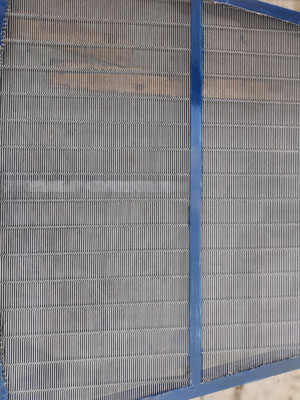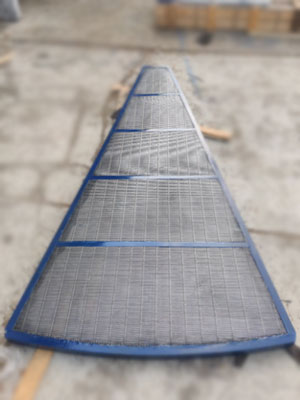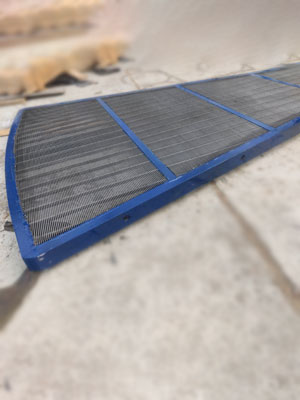One of the main steps in the brewing process is lautering. In a word, its main job is to facilitate the filtration of crushed grains from the fermentation broth. This process is performed in a vessel called a lauter tun where false bottom is an integral part of the vessel. There are many different types of false bottoms for lautering. Finding the right equipment for the job is crucial important. Wedge wire screen is one of the main options for false bottom available on the market.
The main job of the false bottom is to support the mash bed and confine the grains above the floor, while allowing liquid wort from the spent wort to flow through it. There are false bottoms manufactured by different methods, such as perforated or slotted sheet metal. However, some inherent problems still exist in these false bottoms:
- The false bottom is clogged, reducing the flow rate;
- Low filtration efficiency prevents grains from passing the false bottom into the wort, clogging the pump for recycling or transferring the wort to the next process;
- The false bottom is bent or moved out of position, resulting in the mash pass through with the wort together.
- Wedge wire screen panel false bottom is manufactured in a unique way. The wires are V-shaped with the wider end at the top, providing excellent support for the mash bed. As the wires with narrow end at the bottom, the space between wires becomes wider, providing a greater open area and allowing more worth to pass through. In the wedge screen manufacturing process, parallel support rods are welded to the wires. This leaves only two contact points on the wedge wire, which reduces clogging. In addition, the smooth surface of the wedge wire makes cleaning easier
There are various benefits of using a false bottom made of wedge wire screen. These benefits provide an excellent alternative to solve the known problems inherently exist in other materials:
- Large opening area with precise slot size, providing a high wort flow rate;
- Higher mechanical strength to better support the grain;
- Better efficiency to prevent grains from trapping or clogging holes;
- Improved lautering speed.
Make Enquiry


